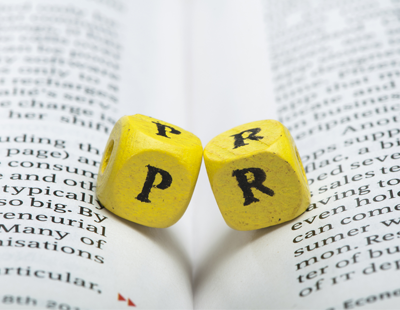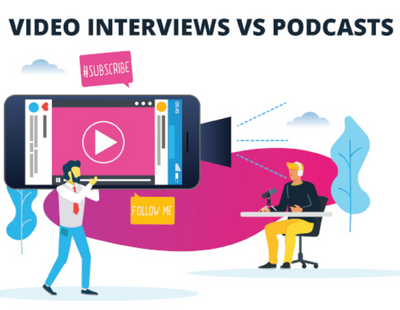When launching a PR campaign, before you start planning angles and content, you must establish who is going to be the spokesperson for the company. Who is the most beneficial and influential person to raise both their individual profile and that of your brand?
Once you have identified that person, you can then build from there. You’ll need to consider the characteristics of that person and make sure their writing style matches their personality. For example, I like to think I bring professionalism and the odd joke with a smile :-). So, you must build this into your writing style to make sure you match who you are and the identity of your brand.
Now you have established the spokesperson, you are ready to start the planning of your content. The best thing to do is master the basics and follow these main principles:
• What is happening in the property world?
• How does that apply to your brand?
• What angle can you use from this to leverage media placements?
What are two basic PR approaches?
1. Press releases
2. Reaction comments
Which approach should I use?
Press releases are used to promote:
• The launch of a product
• Updates on your business
• New partnerships
• Awards you’ve won
• New team members you’ve recruited
Benefits of a press release:
Press releases are a fantastic tool in helping to get your message out to the industry with key updates and are vital to your plan. The main benefit of a traditional press release is that any coverage you receive is more likely to be directly focused on your brand. For example, if you are launching a new product.
That said, coverage for traditional press releases can be more difficult to achieve as you must remember there is a fine balance between promoting a product that is of interest to the audience and a blatant advert.
So, you need to consider why what you are saying is relevant to the audience of the publication you are targeting and try explain how it links to topical issues, solves long-term problems or offers something genuinely groundbreaking.
Reaction comments are useful for:
• Commenting on topical issues and linking them to your brand
• Turning content around quickly and achieving instant coverage
• Raising the profile of your spokesperson as an industry authority
• Having your brand mentioned alongside other high-profile companies and spokespeople
What are the benefits of creating reaction comments?
Reaction comments provide a great way to get coverage for your brand by offering your take on the biggest news stories as they are happening.
This approach helps with positioning your spokesperson as an expert by talking about the wider market rather than just pushing your own proposition. For example, Lee Dahill from Angels Media says: “this will be good for the industry because...”.
When preparing reaction commentary, time is of the essence as journalists will be looking for quick and pithy quotes that they can use in their breaking news articles.
Which PR route should you take?
The way to decide what is best for you is to consider what type of content is going to have the most impact for you brand and approach the PR strategy from that perspective. Are you looking to promote something specific or are you trying to raise the profile of your brand more generally?
We have found that for many of our clients, a mix of industry-focused and well-researched press releases alongside short, sharp and timely reaction comments achieves the best balance of results.
The single best advice I can give you when putting together a PR strategy is:
Always write the content from a news perspective and think long and hard about whether what you are saying is interesting, useful and relevant to the intended audience.
*Lee Dahill is Director of Sales and Brand Management at Angels Media
























Join the conversation
Be the first to comment (please use the comment box below)
Please login to comment